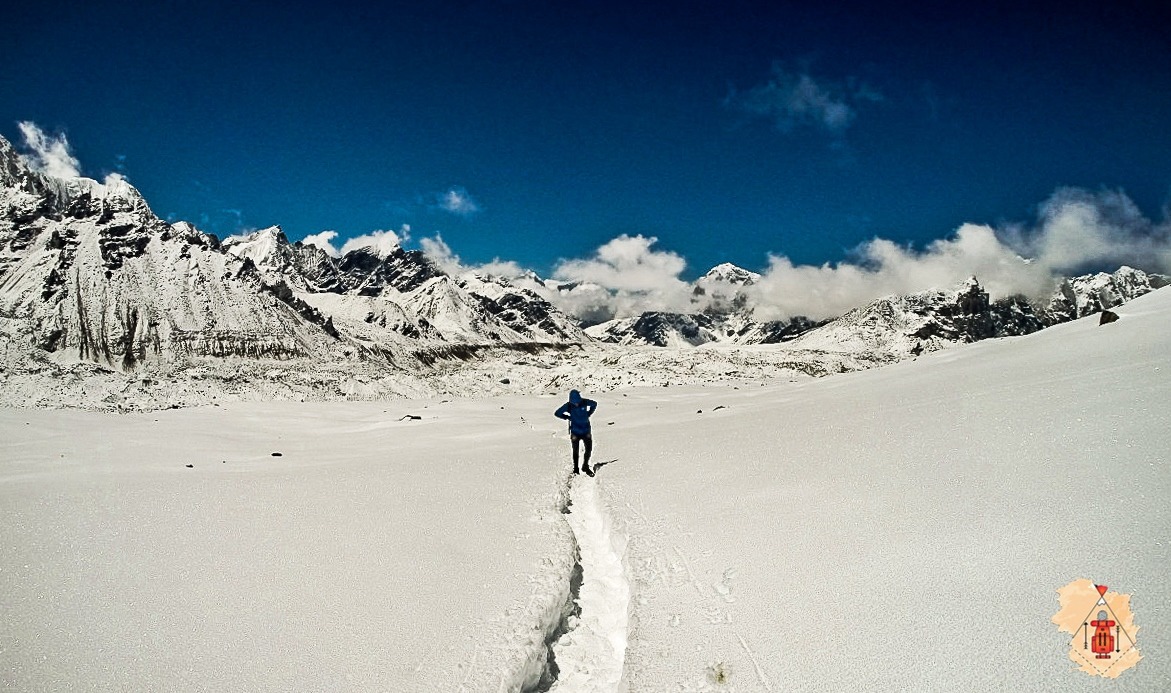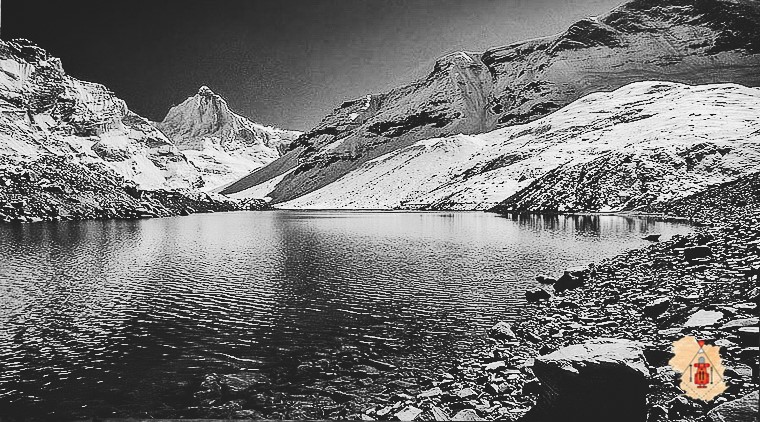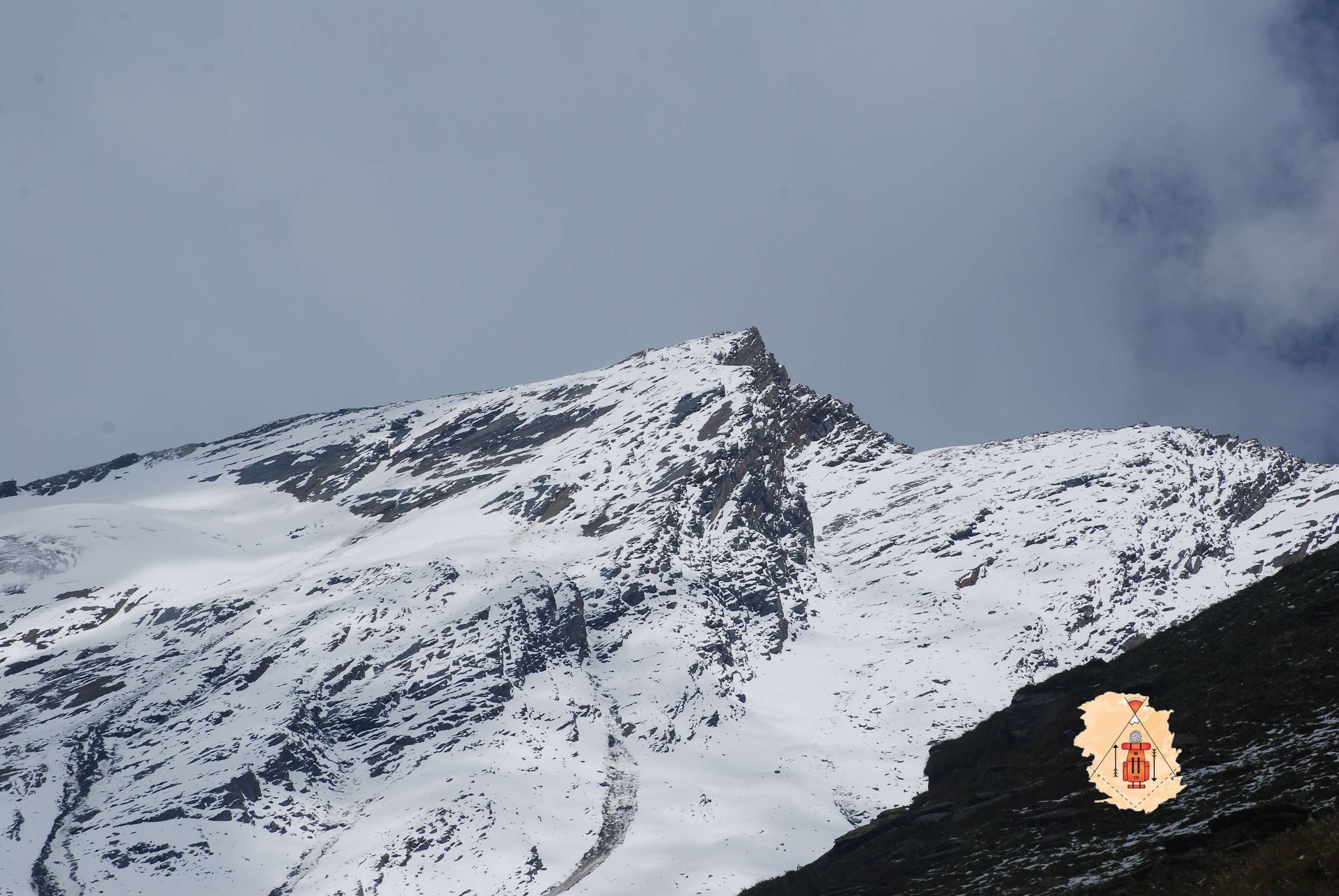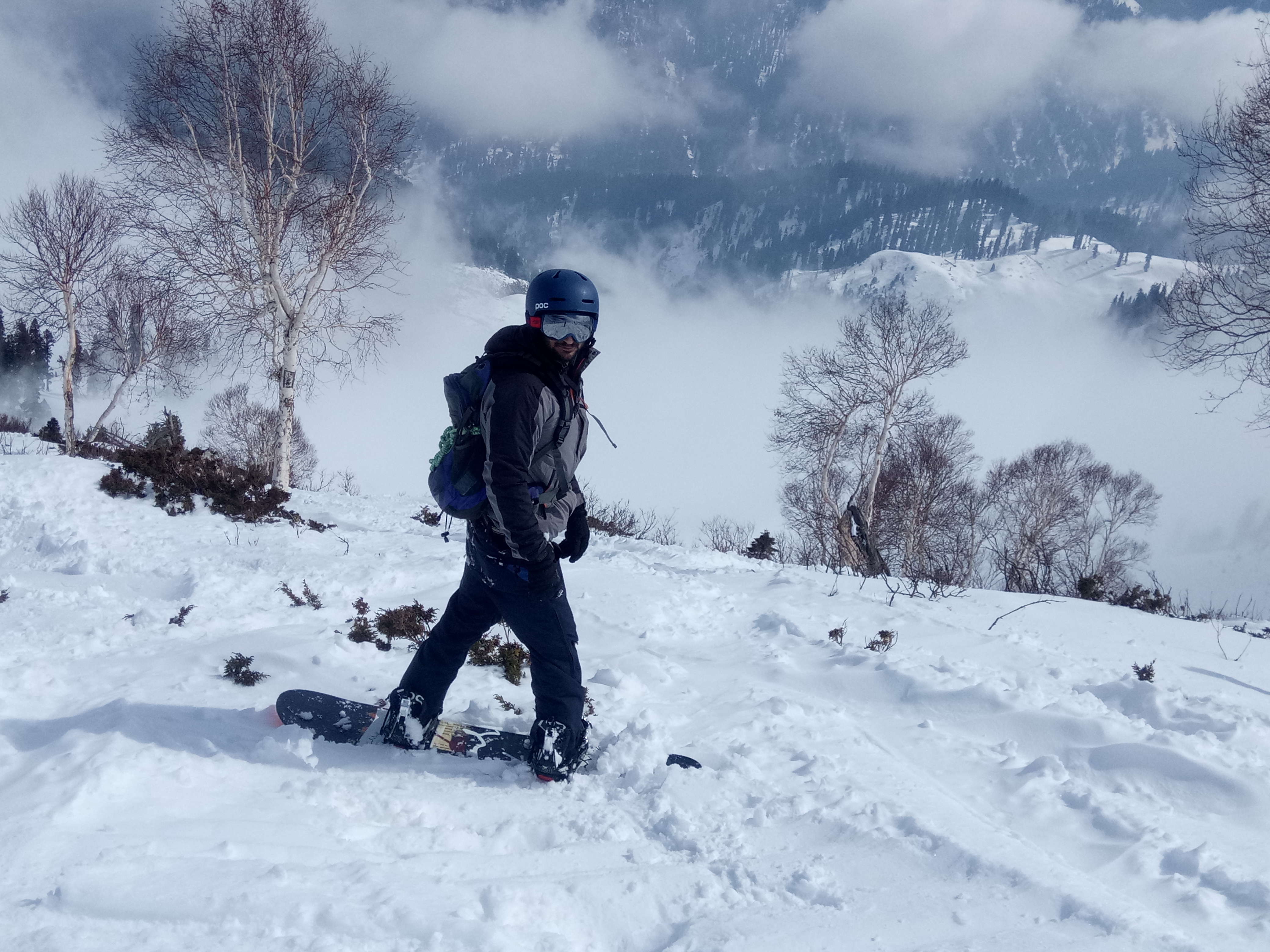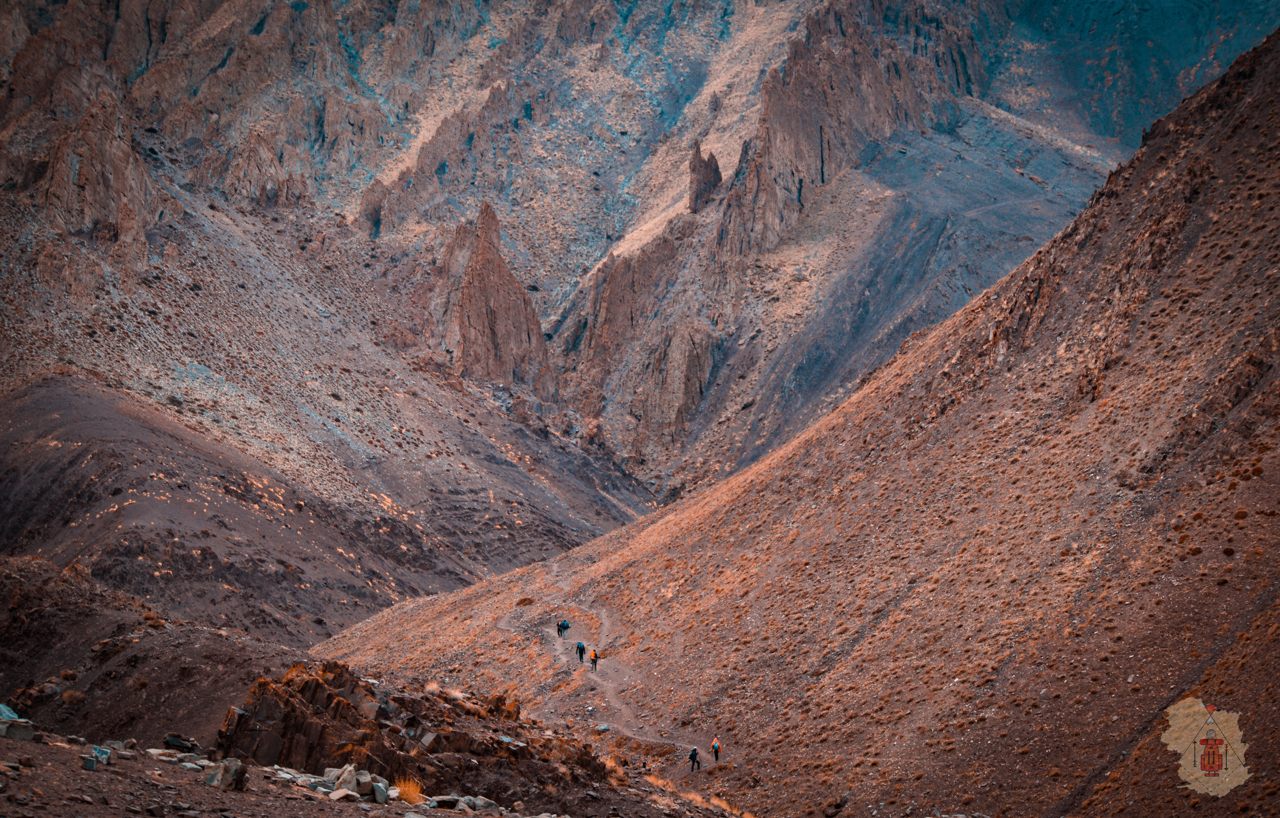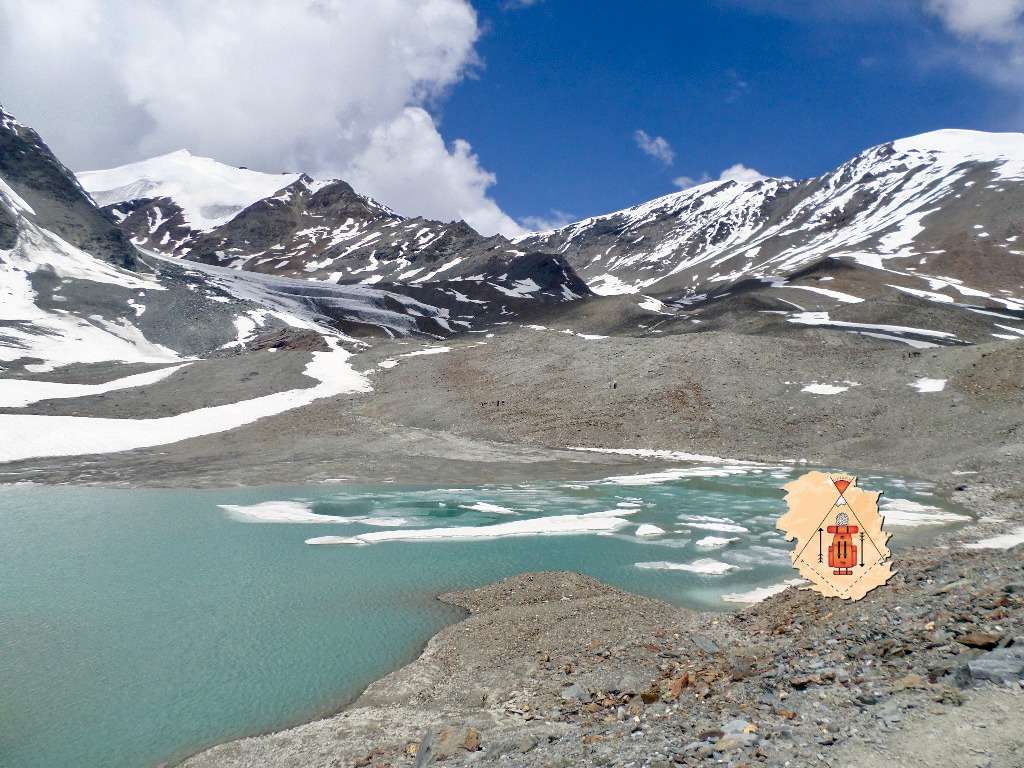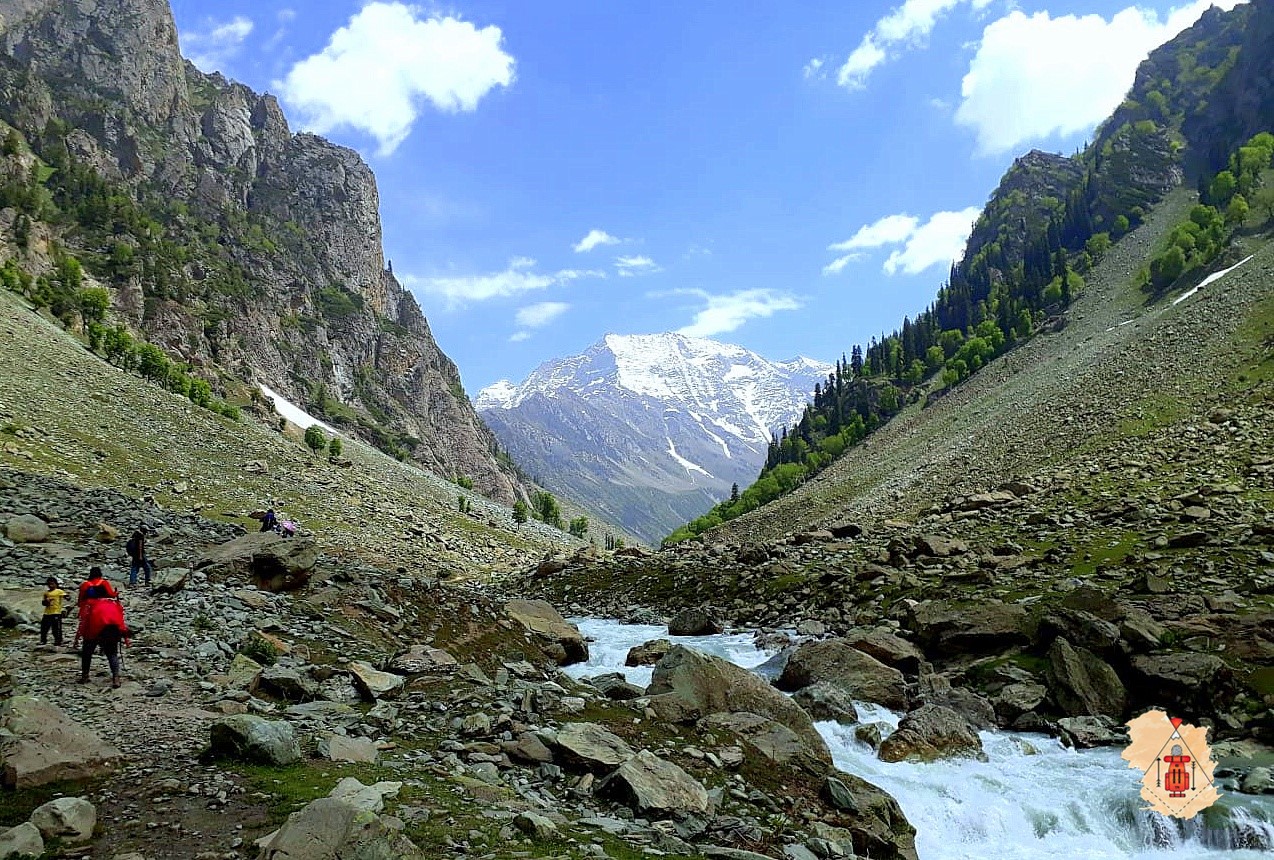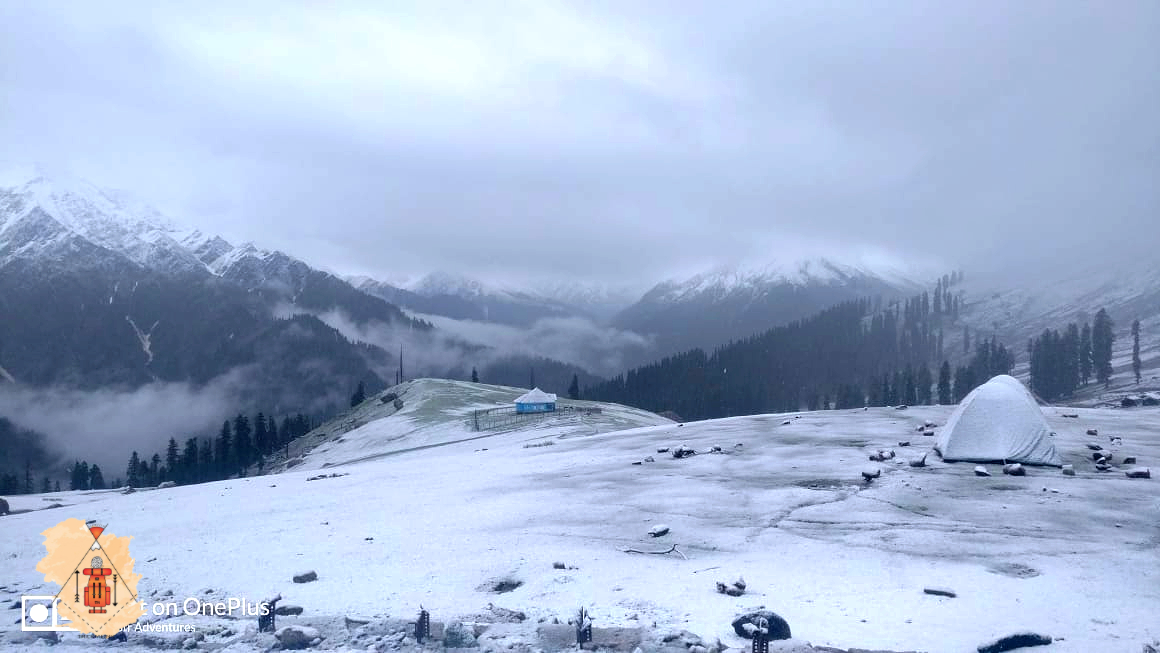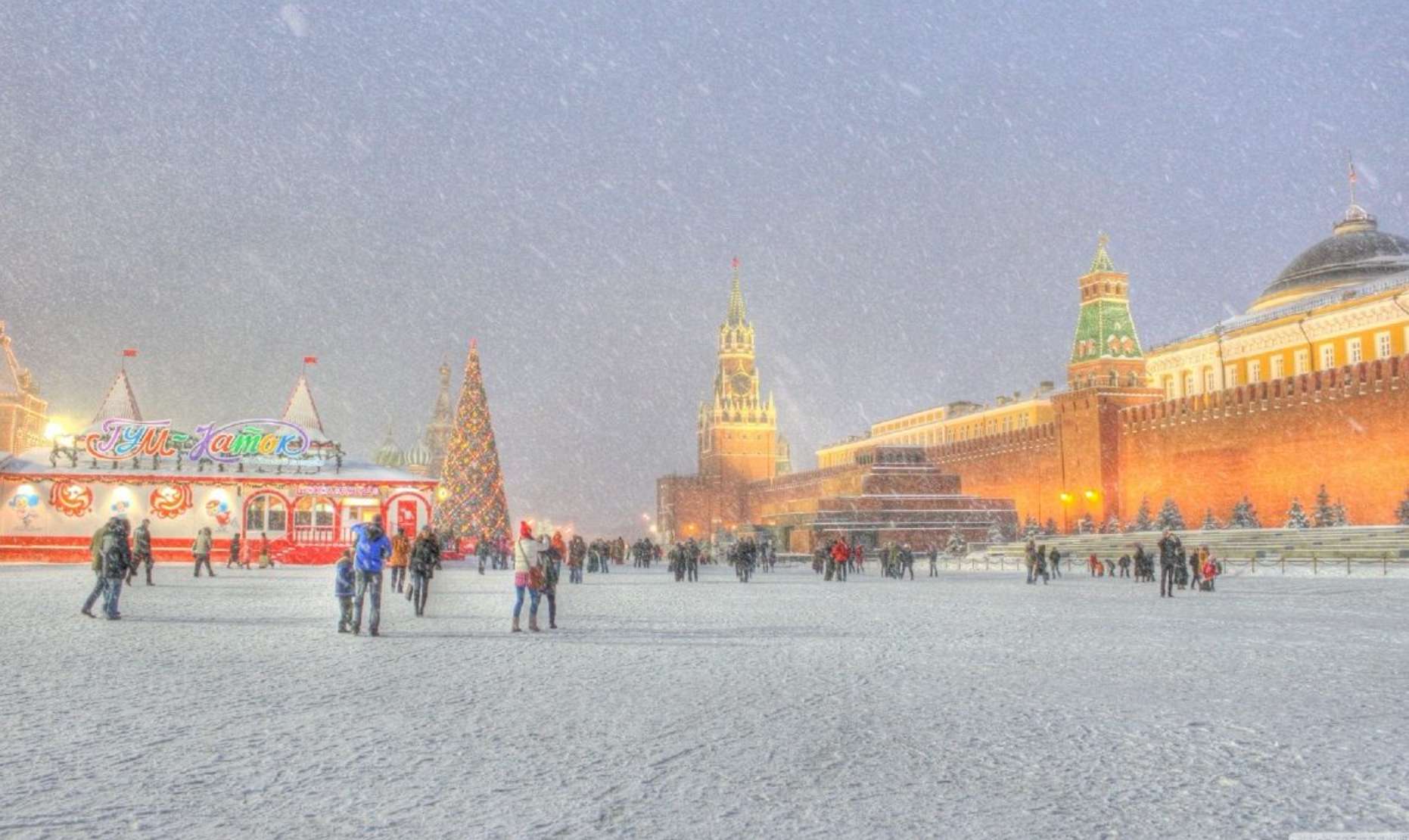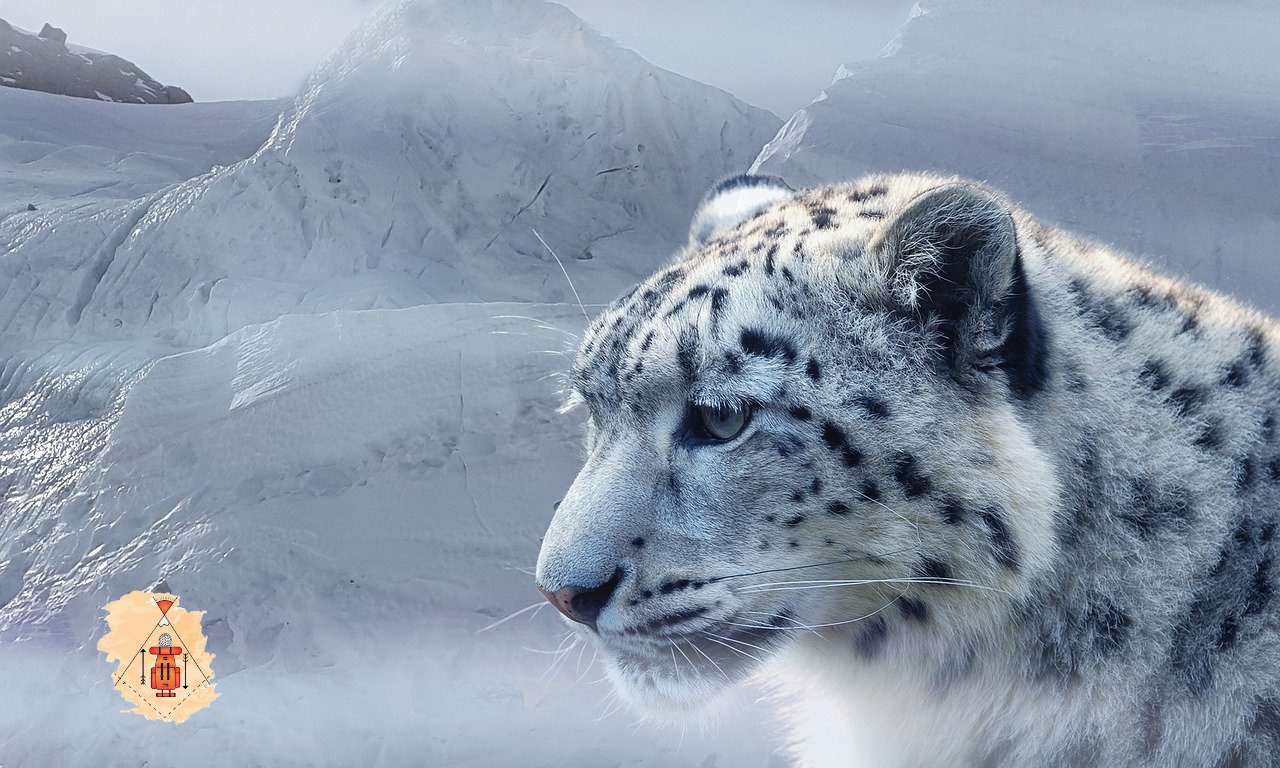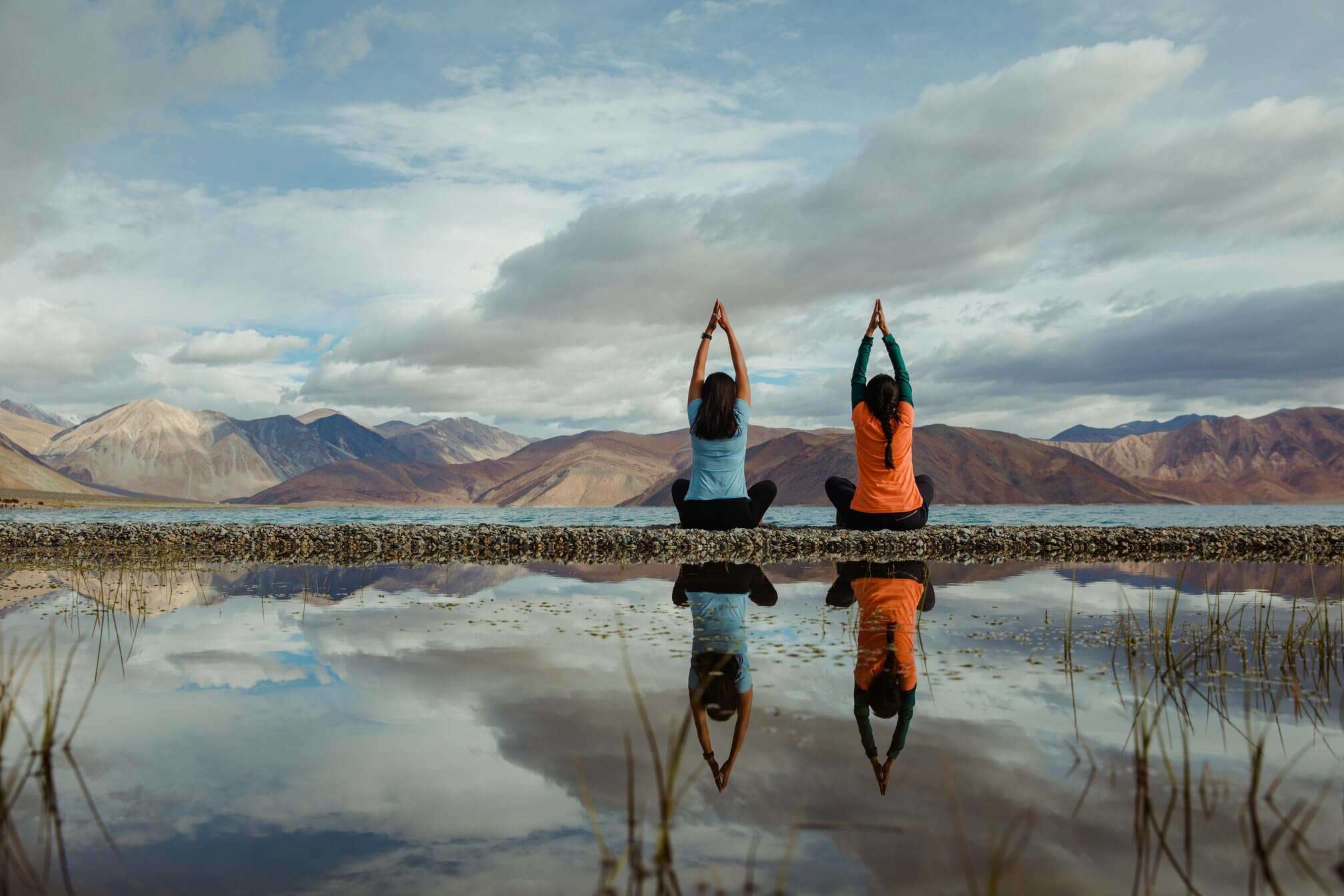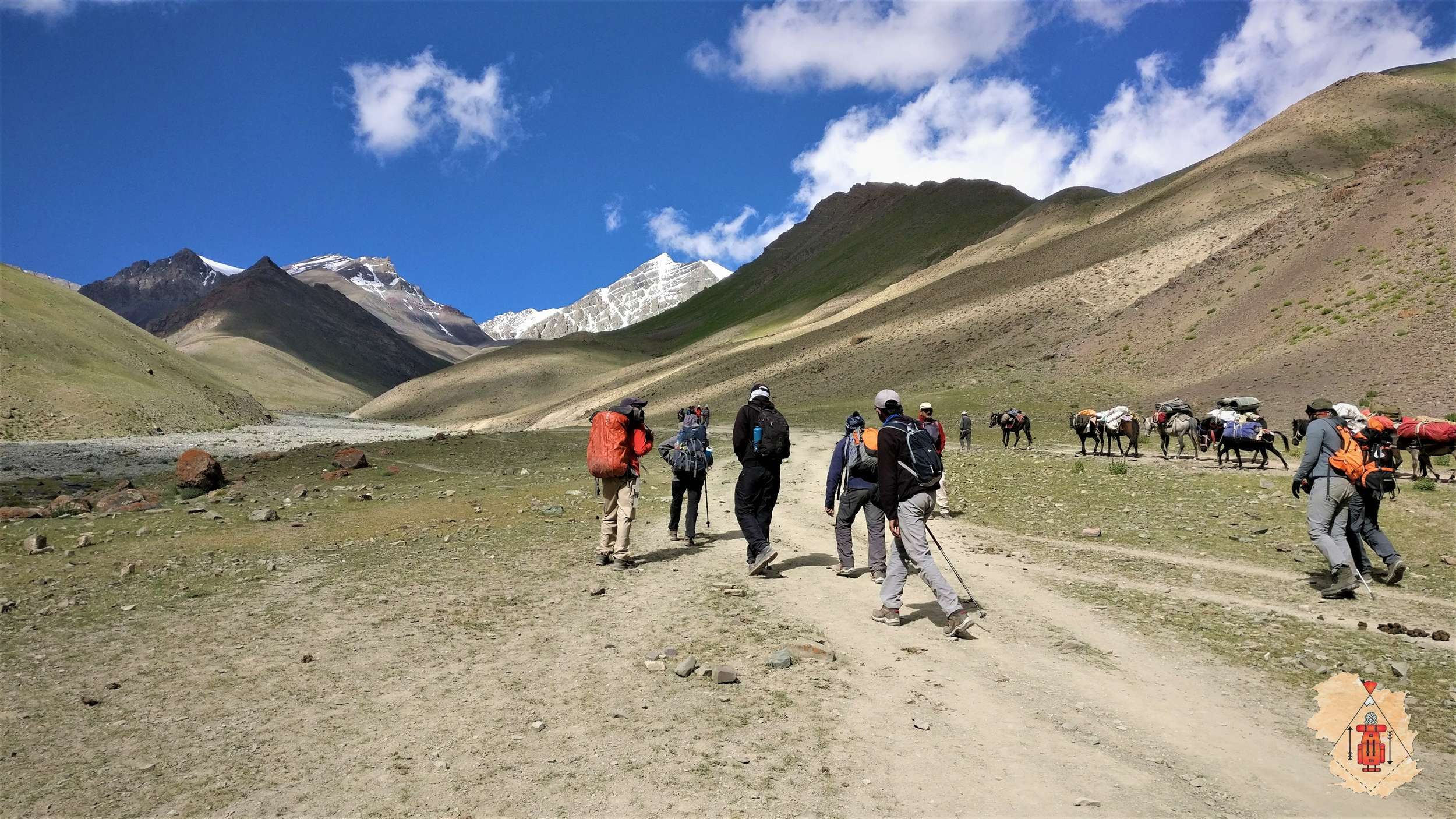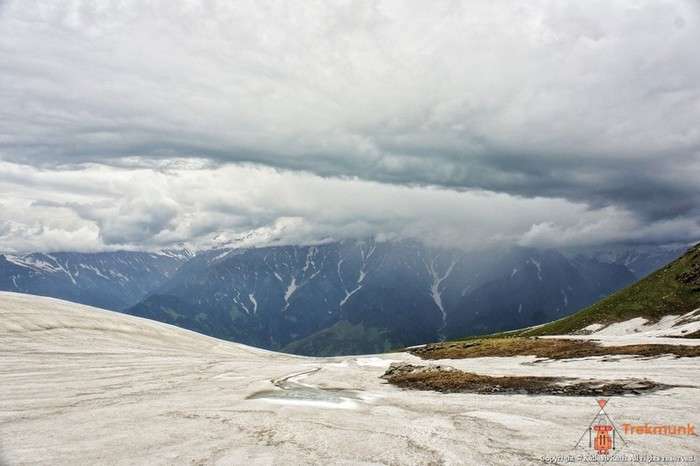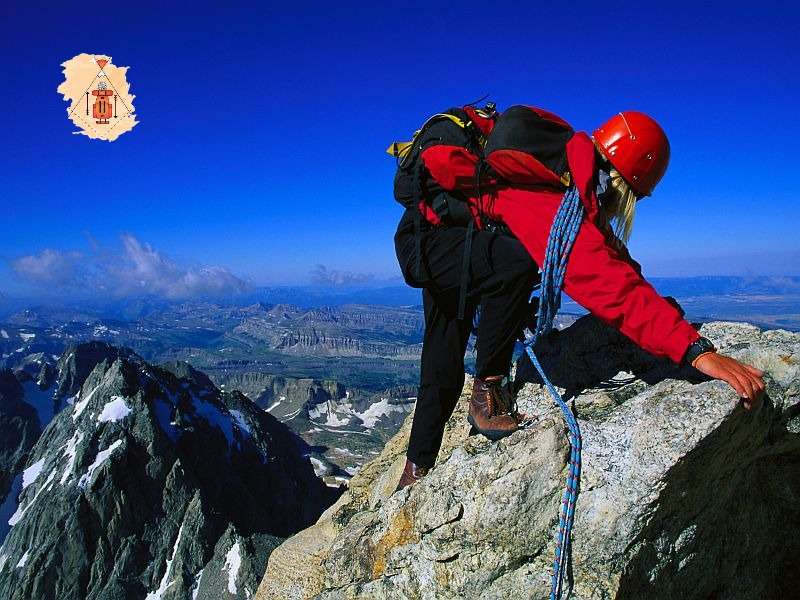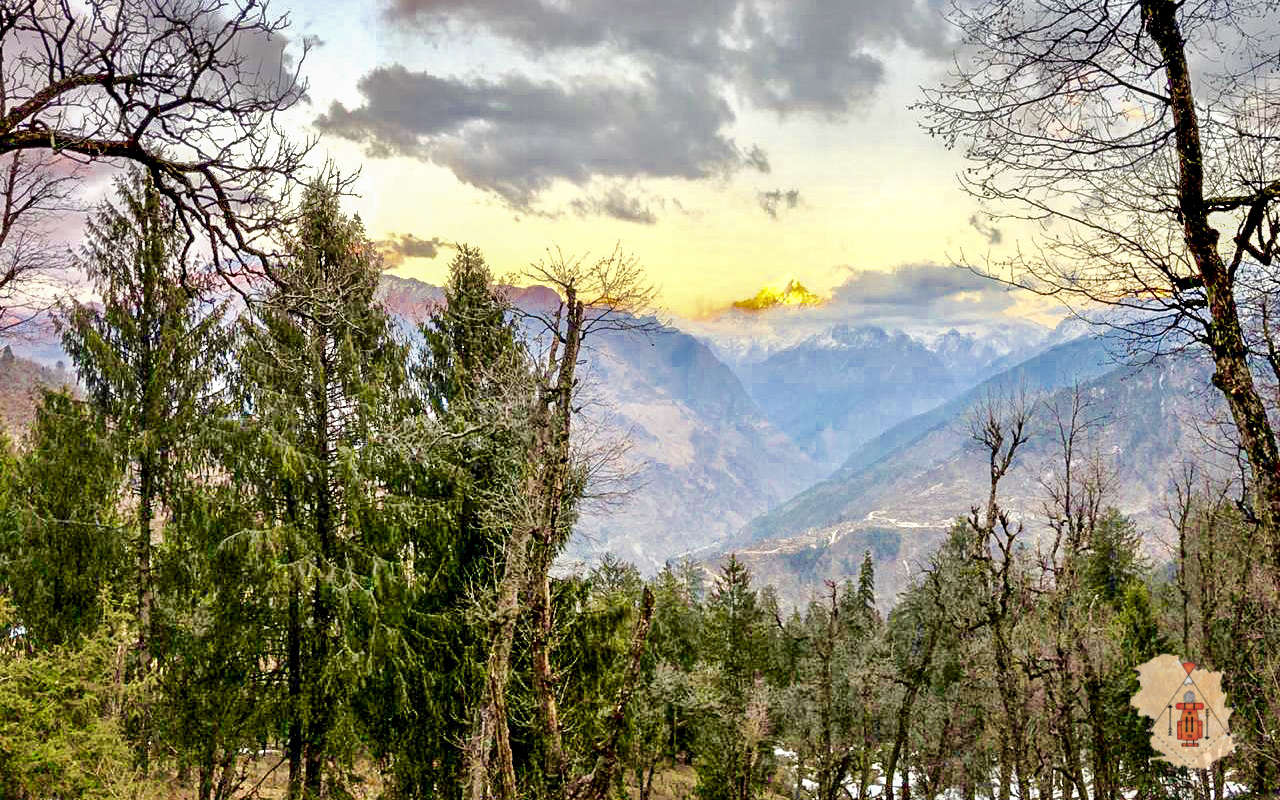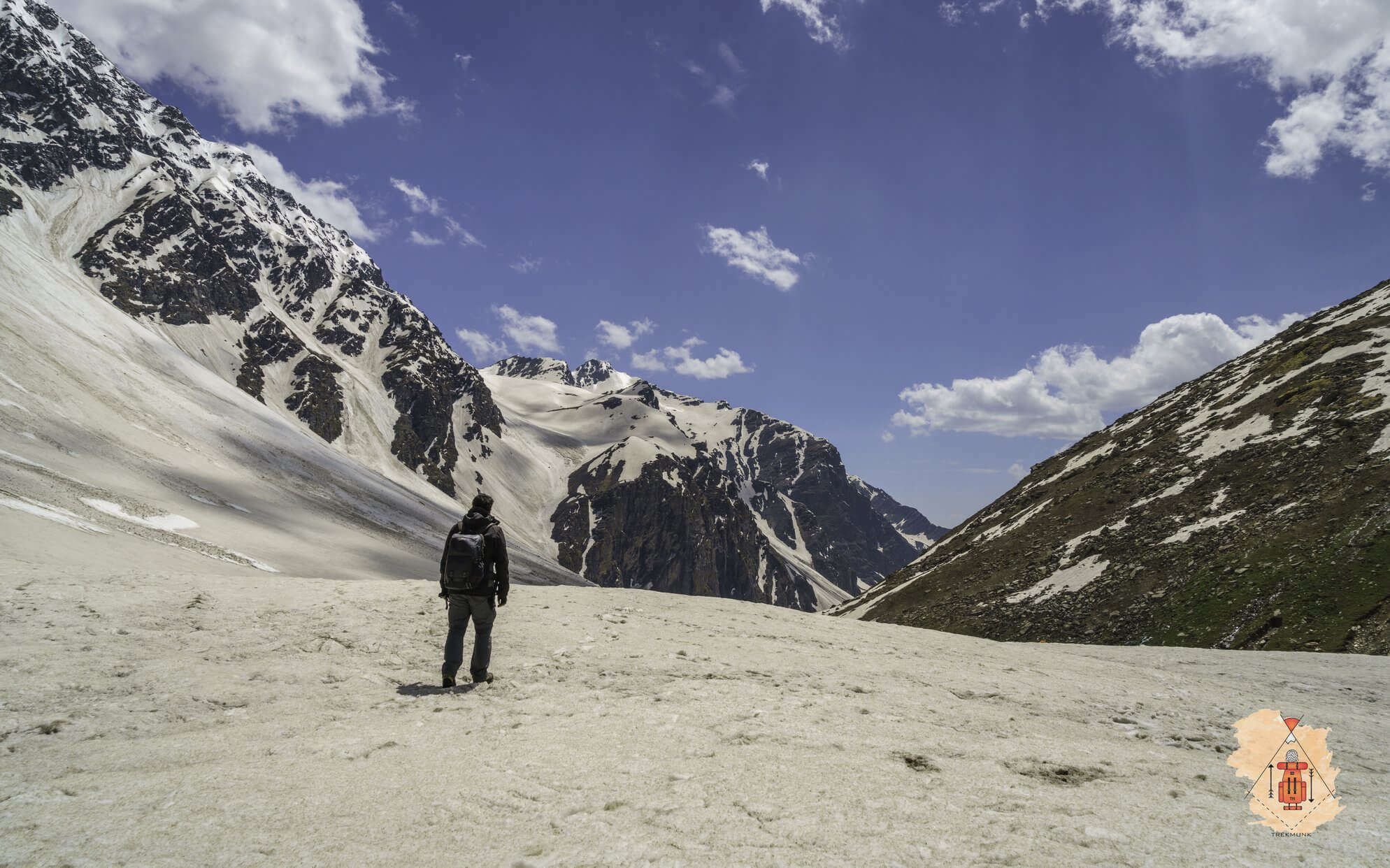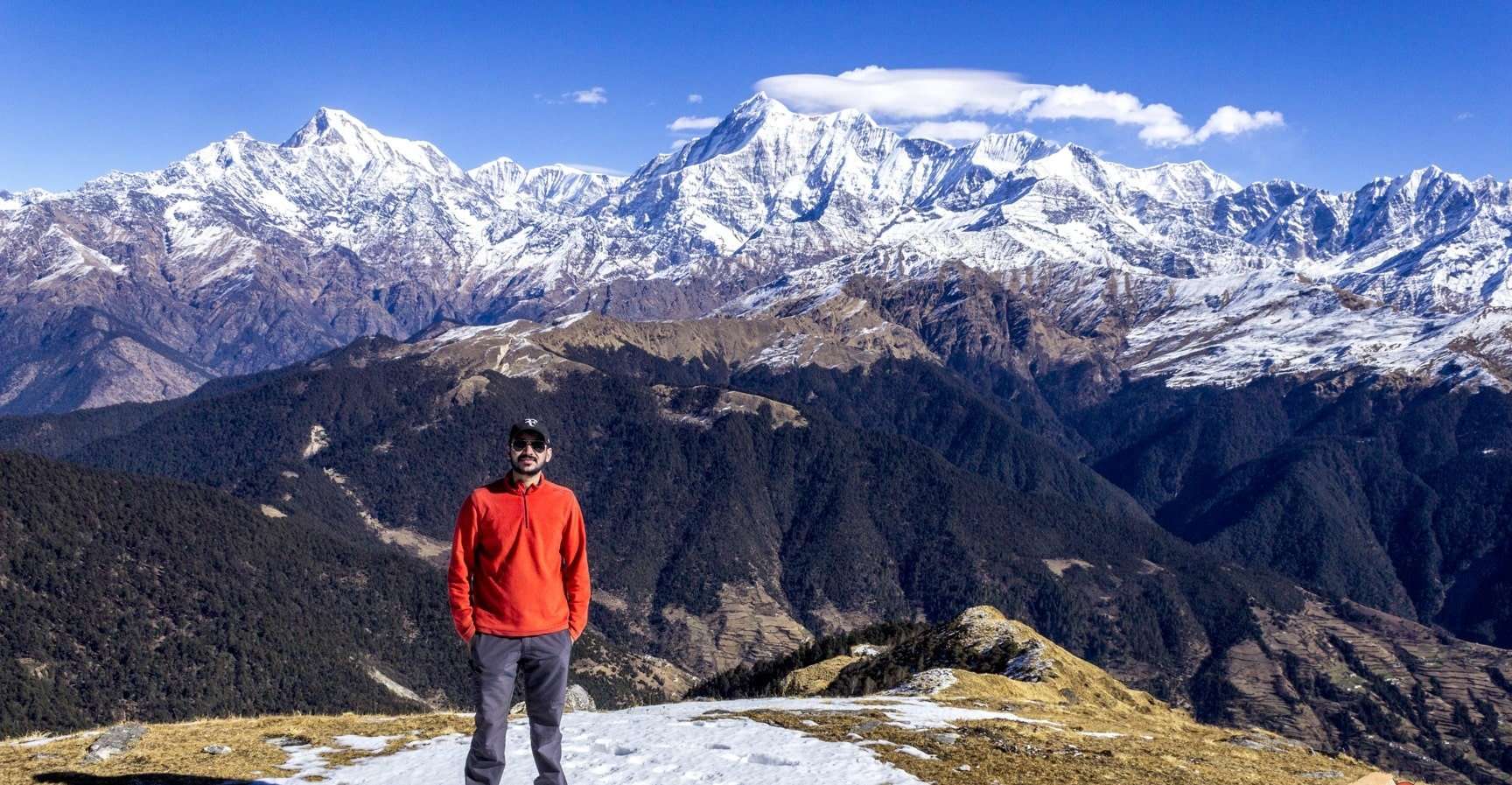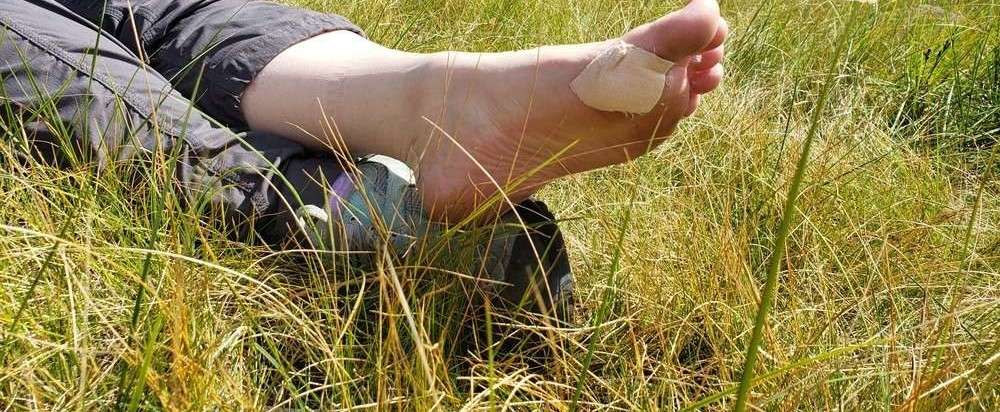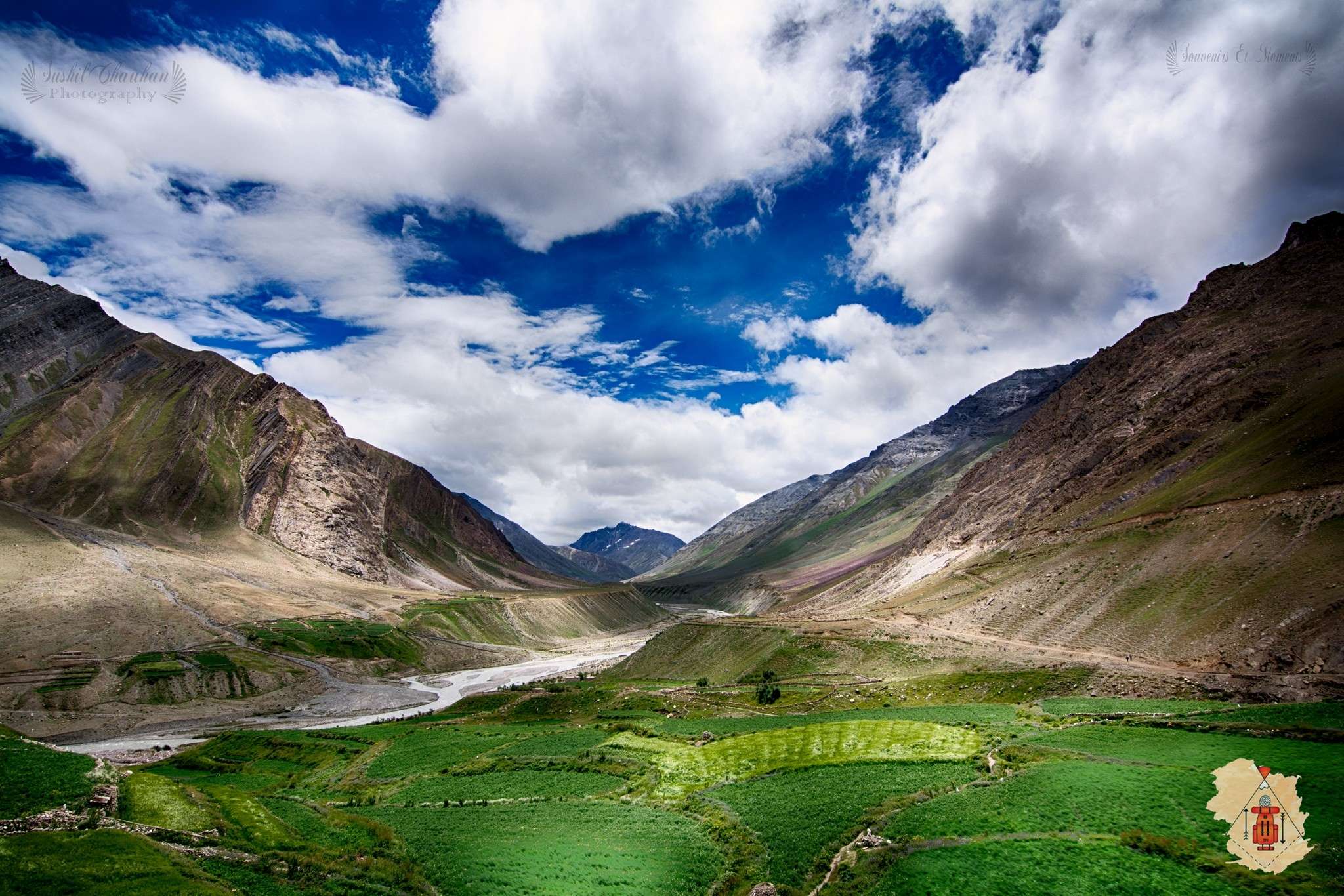Say Hello!
Sign In
What important things to carry on a Himalayan Trek?
You’ve booked your trek and you couldn’t be more excited about it! It’s time to get your trek supplies in line. One common mistake we’ve seen trekkers make is to overpack their bags. Not only does that add unnecessary weight, but also sours the entire experience. On the other hand, carrying too little is also a recipe for disaster. And, since it is quite easy to get carried away with packing for a trek, we’re here to ensure that you’ve packed the just the right things – nothing more, nothing less.
Basic Gear
1 Backpack + Rain Cover (50 – 70 liters): Choose a sturdy backpack with a good metal frame for support. Check for a hip belt and sternum straps. Always get a rain cover for the bag.
2 Trekking shoes: NOT sports shoes or canvas shoes. Look for trekking shoes with high ankle support and good grip. Choose one size bigger for comfort, so that there’s enough room even if you’re wearing two pairs of socks. Follow this guide on how to choose trekking shoes.
Note: Break your shoes in at least a month before you leave for the trek. This way you reduce the risk of rashes and splinters.
3 Slippers/floaters: Optional.
4 Day pack + rain cover: Mandatory if you’re offloading your backpack. It will hold your essentials like a lunch box, water bottle, poncho, sunglasses, sunscreen, protein bars and anything else you might need for the day.
5 Headlamp/torch: Absolutely essential.
6 Trekking pole: Makes trekking more manageable during ascents & descents.
7 Medical kit: Mandatory. Refer Checklist for full details on which medicines to carry.
Clothing (Head to toe)
1 Thermals: Mandatory. To be used once you reach the campsite. Keep them clean & dry.
2 T-shirts: Carry 2 pairs of t-shirts (preferably collared), including the one you’re wearing. Carry light, full-sleeved, quick dry t-shirts that ensure that your arms are protected. Dry fit material will ensure that the t-shirt dries quickly in case of rainfall. Also, let’s bust one myth here- the human body sweats a lot, irrespective of the cold weather. One of the most common mistakes that trekkers make is not changing into clean, dry clothes every day. When you sweat, your clothes remain wet and you’re more likely to fall ill.
3 Fleece jacket: When it comes to keeping warm, layering is the key. Multiple layers will help to trap your body heat. That way, if you’re feeling too warm, you can take a layer off, and yet manage to stay comfortable, as opposed to wearing just one thick jacket. It is advisable to replace a woollen jacket with a fleece jacket, as it is more compact and lightweight.
4 Down feather jacket: Mandatory.
5 Poncho/windcheater: Absolutely essential for monsoon treks.
6 Trekking pants: Carry 2 pairs of trekking pants, including the one you’re wearing. Go for light and dry fit pants that dry quickly.
7 Socks: 4 pairs of cotton socks, 2-3 pairs of woolen socks. Wear cotton socks while trekking, and change into woolen socks at night, when it’s much colder. Avoid wearing woolen socks while trekking, as it may lead to chafing and rashes.
8 Waterproof pants: Mandatory when trekking in monsoons.
Accessories
1 Sun cap: For protection from the harsh sunlight. Make sure the cap covers your ears and neck to keep sunburn away.
2 Woolen cap/beanie: To keep the body heat from escaping. A fleece or woolen beanie should do.
3 Balaclava: To protect your head, ears, and neck from the cold winds.
4 Neck warmer: Protect your neck from getting sunburnt. You can replace this with a scarf.
5 Sunglasses: Absolutely essential. Sunglasses help prevent snow blindness. Look for black, green or brown tinted glasses as opposed to blue ones. Blue glasses aren’t effective in blocking UV rays. If you wear spectacles, opt for content lenses or photochromatic glasses. If neither is available, look for sunglasses that you can wear over your spectacles.
6 Woolen/fleece gloves: One pair. Mandatory.
7 Waterproof gloves: One pair. Mandatory.
Others
1 Toiletries: Sunscreen (SPF 40+), moisturizer, lip balm, toilet paper, hand sanitizer, antibacterial powder, toothbrush & toothpaste, hand towel, soap/facewash, sanitary napkins/alternatives. AVOID CARRYING WET WIPES AS THEY’RE NOT BIODEGRADABLE. Carry a ziplock bag to hold your used wet wipes, sanitary napkins/tampons, and plastic wrappers. Keep the mountains clean. Do not litter.
2 Camera: Including batteries, charger, tripod, etc.
3 Water bottles: Carry two 1 liter bottles. You can use a hydration pack instead.
4 Plastic bags: To store your used/wet clothes, and to compartmentalize your things for easy access.
5 ORS: In case of dehydration. 2-3 packets should suffice.
6 Protein bars: For energy.
That’s it! Once you’ve checked all of these items off the list, you’re all set for your trek.
Download the Complete Checklist with medicine list from here:
If you have any questions, Call/ Whatsapp us on +91-8800332031 or Mail us.

